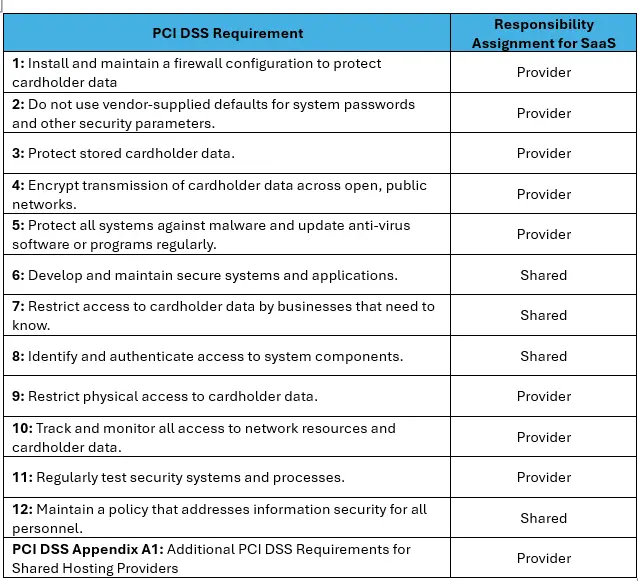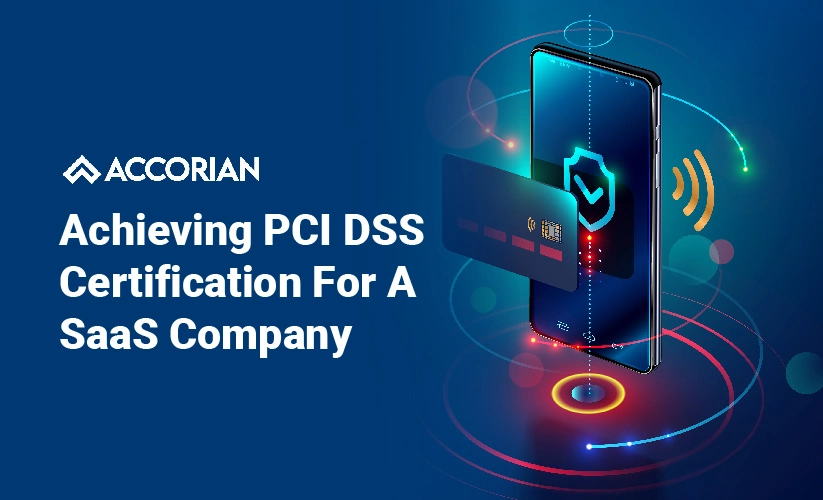Cloud-based solutions are gaining ground, driven by their key features: speed, efficiency, and cost savings. A staggering 94% of companies adopted cloud services in 2023, and the cloud migration industry is expected to reach $628.83 billion by 2028. Cardholder data is stored in on-premises database systems and cloud platforms. However, technological advancements pose security risks. Therefore, companies are required to achieve PCI DSS compliance.
Introduction to SaaS Company
Many companies (Netflix, Dropbox, Slack, etc) operate in the cloud and provide software-a-service (SaaS) solutions. There are two types of SaaS companies:
- Businesses that utilize the SaaS services provided by a Cloud Service Provider (CSP)
- Businesses that operate in the cloud provide SaaS solutions by simply hosting their application/software in the cloud infrastructure.
PCI DSS Responsibilities Between CSPs and Customers
If you are a business that utilizes SaaS services provided by a CSP, then it is easier for you to achieve PCI DSS compliance as you can rely on the CSP’s PCI DSS compliance.
The following table shows the responsibilities of the CSP and the Customer in implementing a particular PCI DSS requirement:

Table 1: PCI DSS responsibility sharing between Customers and Providers
Defining and documenting the responsibilities for maintaining PCI DSS Compliance in the SLA (Service Level Agreements) between the customer and the CSPs is essential. The customer is required to ask the provider for appropriate evidence and assurance that all in-scope processes and components under the Provider’s control are PCI DSS Compliant. The assessor can also perform this assessment or verification as part of the Customer’s PCI DSS assessment.
Three Critical Areas to Achieve PCI DSS Compliance
SaaS organizations are required to focus on three critical areas to achieve PCI DSS compliance:
Choose Accorian For Your PCI DSS Compliance
Accorian holds the prestigious distinction of having a team of highly Qualified PCI QSAs (Qualified Security Assessors) specializing in assessing PCI compliance, particularly emphasizing network infrastructure. We are also CREST accredited and an ASV (Approved Scan Vendor). Our PCI accreditations underline our expertise and credibility in cybersecurity and PCI DSS compliance.




